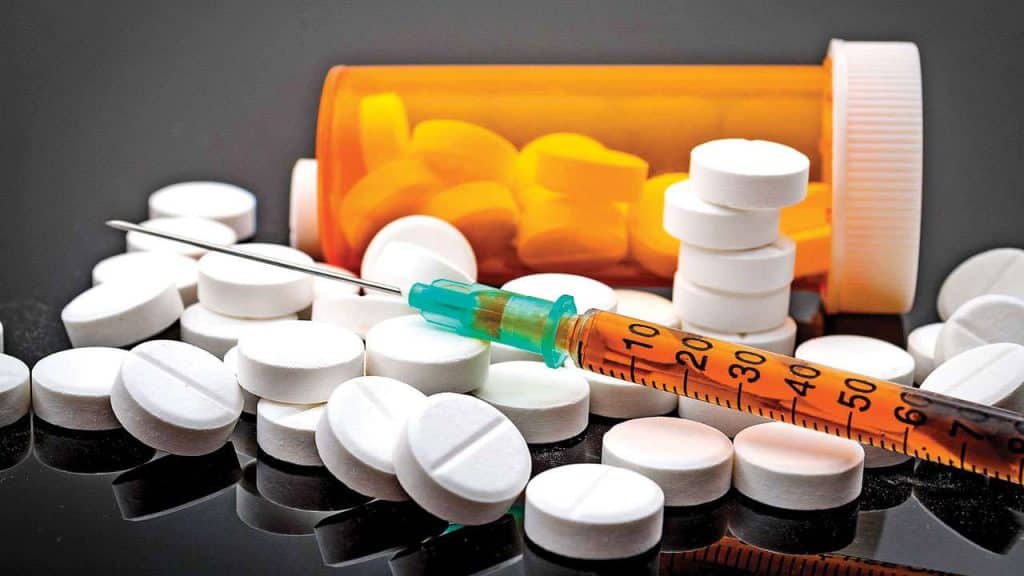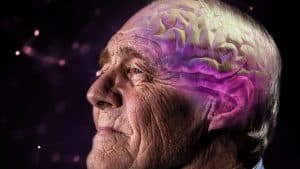Substance abuse disorders can cause major damage not just to physical and mental health, but to every aspect of someone’s life, from their finances to their personal relationships. In a time when the world seems increasingly dangerous and unstable, particularly due to the Covid pandemic, many people are likely to find themselves at greater risk of addiction, which means we also need to find more modern approaches to treat them.
Some of the most recognized treatments for addiction include counseling and therapy, such as the 12-step programs of Alcoholics, Narcotics and Gamblers Anonymous, or medication-assisted treatment, such as methadone or buprenorphine for opioid addiction. Stranger-sounding techniques include hypnosis for stopping smoking. Often, a combination of methods is used.
Now scientists are searching for ways that modern technology can help make addiction treatments more effective (https://longevity.technology/lifestyle/is-digital-health-tech-a-solution-to-substance-use-disorders/). For example, wearable devices and apps can help schedule treatment or medication, track withdrawal symptoms and monitor compliance with treatment plans. An example is a new app being used to evaluate pain medication usage after a Cesarean-section surgery.
One new device designed to treat neonatal opioid withdrawal syndrome (NOWS) (suffered by babies exposed to opioids in utero) uses neurostimulation to alleviate symptoms. It’s a non-invasive device that releases small amounts of electrical stimulation around the ear. This encourages the patient’s brain to release endorphins, a type of opioid peptide, which reduces the reliance on the oral doses of morphine normally used to help babies manage withdrawal. A similar device has been designed for adults.
Another pathway to applying modern technology in substance abuse treatment is through the use of virtual and augmented reality. VR and AR are being used with increasing frequency in a variety of healthcare settings, allowing for controlled, precise and effective treatments. VR and AR simulations can be used to teach the brain, delivering therapies like CBT in an innovative manner, including alongside medication-assisted treatment.
The new apps and devices currently under development are almost too numerous to list. There is a constant push to create new and better technology, with dozens of possible approaches currently being tested and additional avenues for exploration constantly being opened. Substance abuse disorder may increase in frequency, but hopefully so will the number of tools we have to treat it. Within the next few years, many of these devices are likely to be approved for more widespread use.




